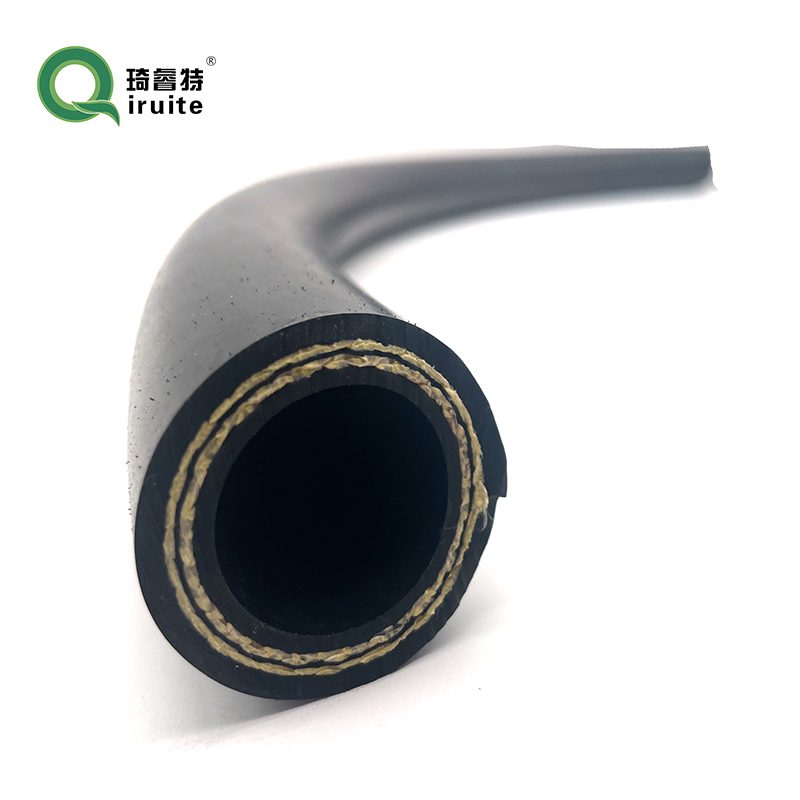how to tighten power steering hose
How to Tighten Power Steering Hose A Step-by-Step Guide
Power steering is an essential system in modern vehicles, allowing for easier steering through the use of hydraulic force. However, over time, the power steering hoses can become loose due to wear, tear, and various driving conditions. A loose power steering hose can lead to fluid leaks, decreased steering performance, and potential damage to the power steering pump. In this guide, we’ll walk you through the steps to tighten your power steering hose effectively.
Tools and Materials Needed
Before you begin, gather the following tools and materials - Wrench set - Pliers - Screwdriver (flathead and Phillips) - Clean rag - Power steering fluid (if necessary)
Step 1 Safety First
Before working on your vehicle, ensure it’s parked on a level surface and engage the parking brake. Allow the engine to cool if it has been running, as parts can become very hot. Additionally, wear safety goggles and gloves to protect yourself from any accidental spills.
Step 2 Locate the Power Steering Hose
Open the hood and locate the power steering pump. You will see two hoses connected to it the high-pressure hose and the return hose. The high-pressure hose typically has a thicker diameter and is connected directly to the power steering pump. The return hose is thinner and leads back to the reservoir.
Step 3 Inspect for Loose Connections
Examine both hoses for any visible signs of looseness. Check the areas where the hoses connect to the pump and the reservoir. If you notice any signs of leakage or fluid spray around these connections, this could indicate that the hose is loose.
how to tighten power steering hose

Step 4 Tightening the Hose
Using the appropriate size wrench, carefully tighten the clamps or fittings securing the power steering hoses. Do not overtighten, as this can damage the hose or the fittings. Check for any rubber seals that may need replacing if they appear worn or damaged.
For hose clamps, you can use pliers to adjust the tension. Loosen the clamp slightly to allow repositioning, then retighten firmly, ensuring a snug fit around the hose.
Step 5 Check the Fluid Level
After tightening the hoses, check the power steering fluid level in the reservoir. It’s essential to maintain the correct fluid level for optimal performance. If the fluid is low, add the appropriate type of power steering fluid according to your vehicle’s specifications.
Step 6 Test the System
Start your engine and turn the steering wheel from side to side to circulate the power steering fluid. Observe the area around the hoses to check for any leaks. If everything appears tight and leak-free, your power steering system should be functioning correctly.
Step 7 Conclusion
Tightening your power steering hose is a straightforward process that can help you maintain optimal steering performance. Regularly inspecting your vehicle can prevent minor issues from becoming major problems. If you continue to experience issues, it may be best to consult a professional mechanic for further diagnosis and repair. Remember, a well-functioning power steering system is crucial for your safety on the road.
-
Ultimate Spiral Protection for Hoses & CablesNewsJun.26,2025
-
The Ultimate Quick-Connect Solutions for Every NeedNewsJun.26,2025
-
SAE J1401 Brake Hose: Reliable Choice for Safe BrakingNewsJun.26,2025
-
Reliable J2064 A/C Hoses for Real-World Cooling NeedsNewsJun.26,2025
-
Heavy-Duty Sewer Jetting Hoses Built to LastNewsJun.26,2025
-
Fix Power Steering Tube Leaks Fast – Durable & Affordable SolutionNewsJun.26,2025

